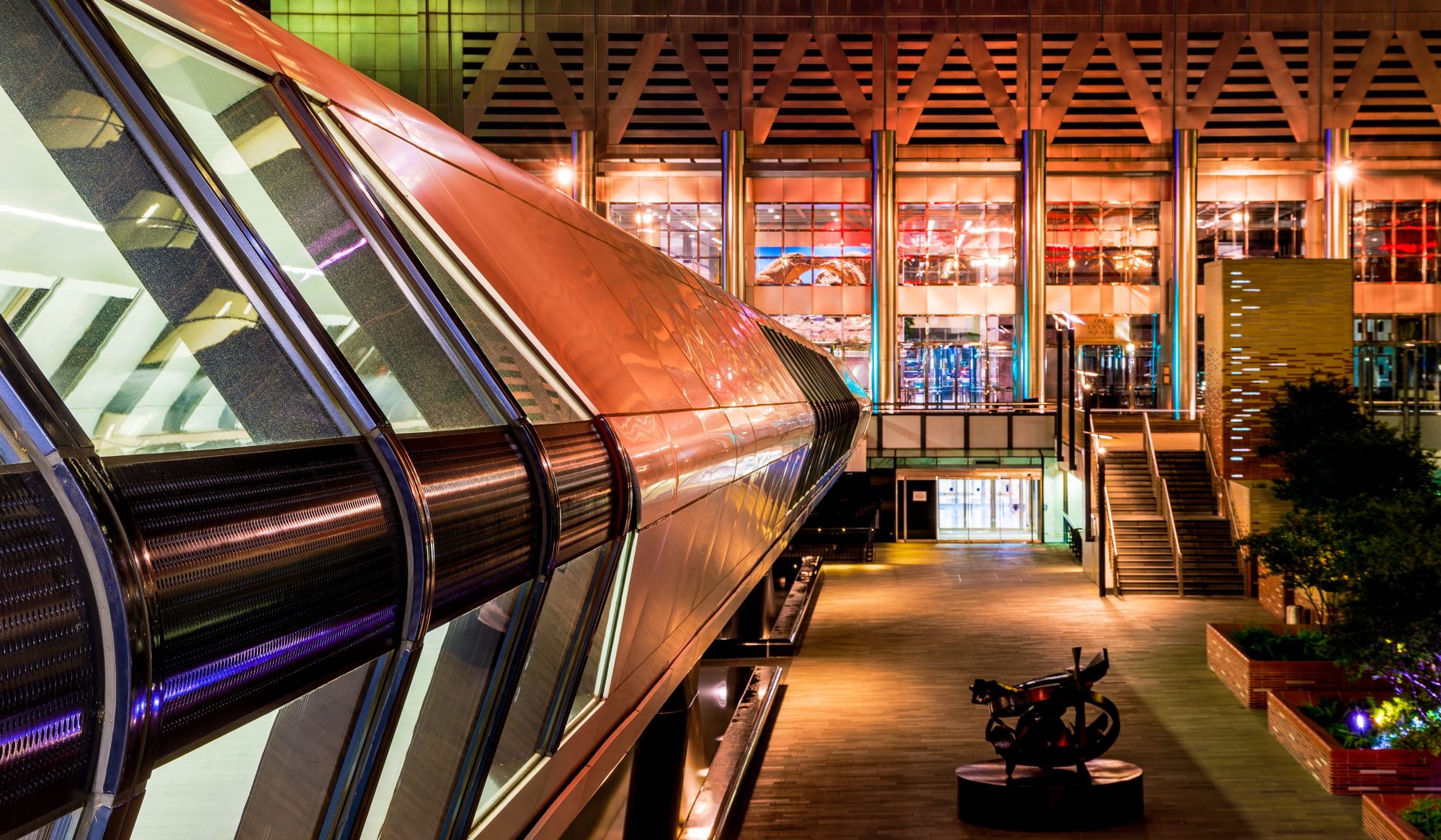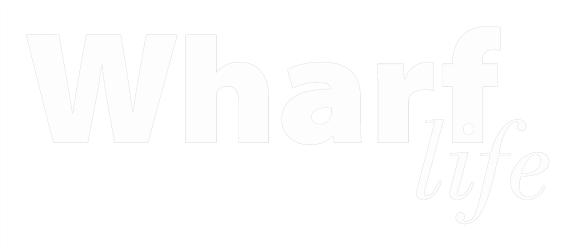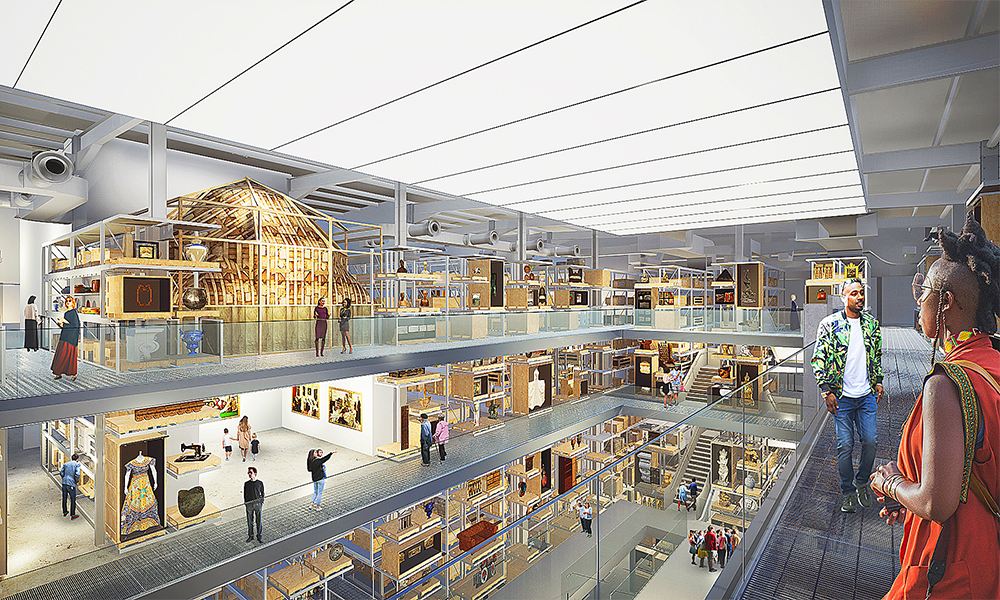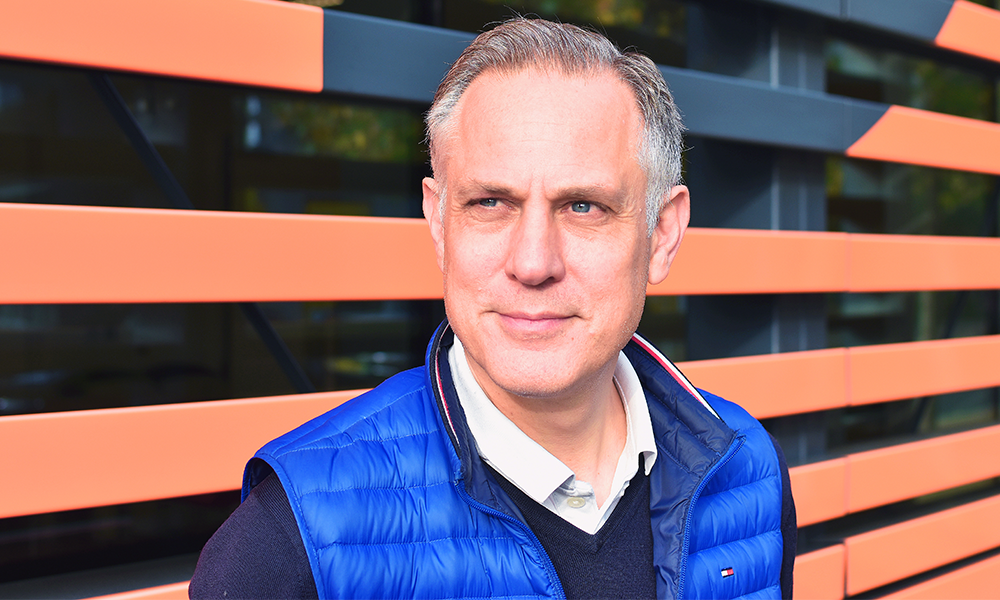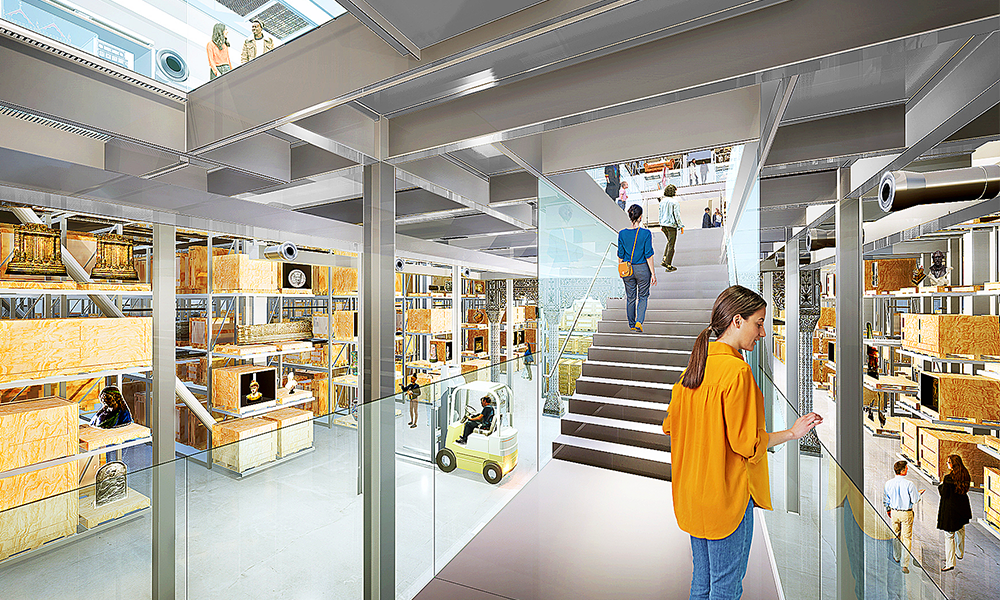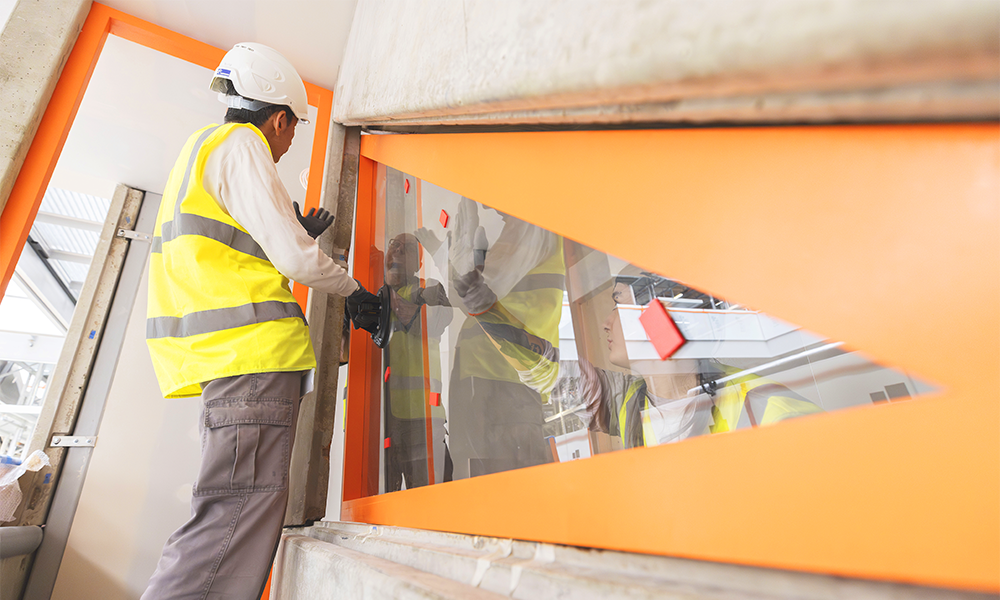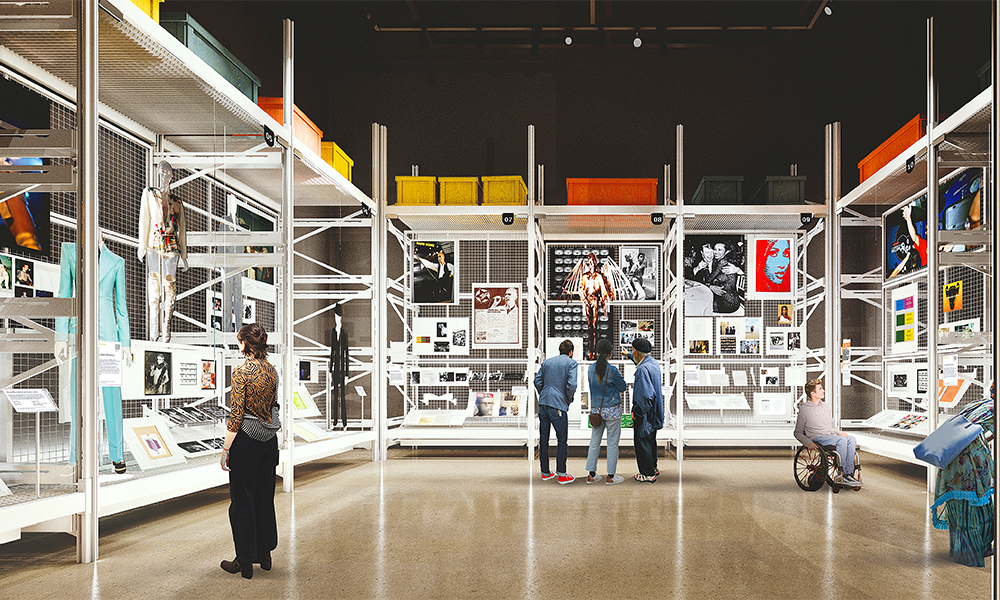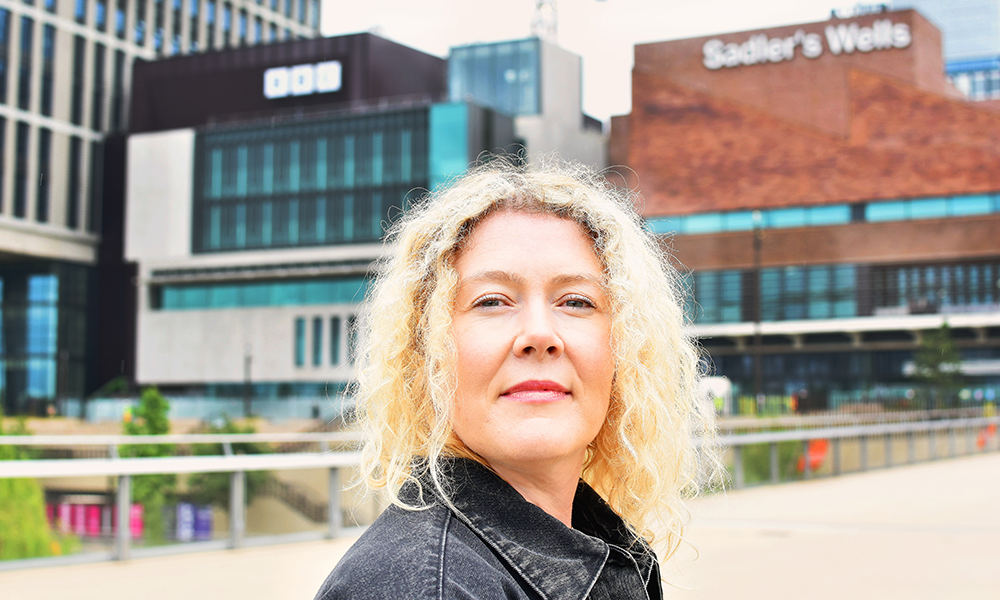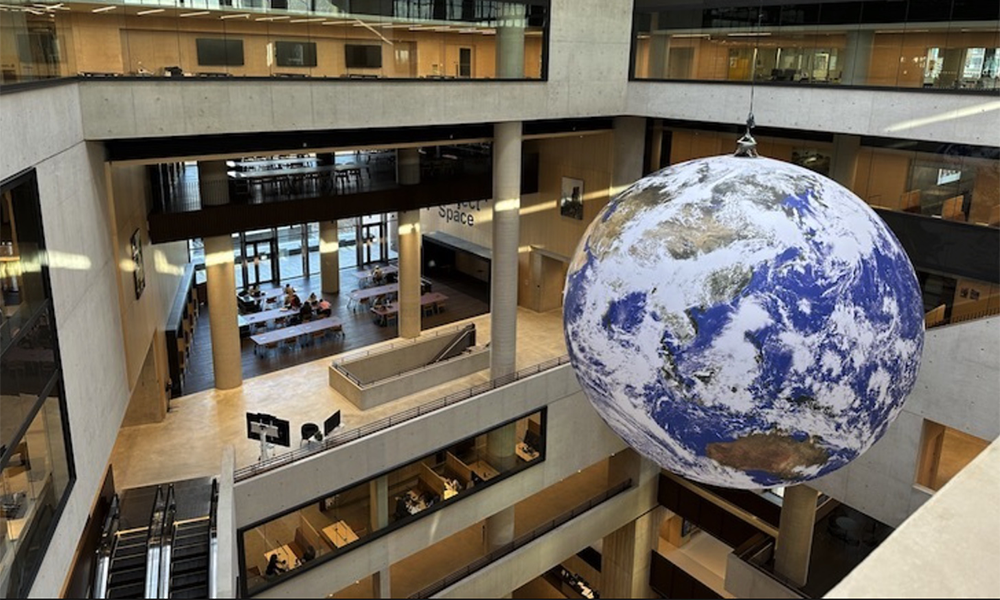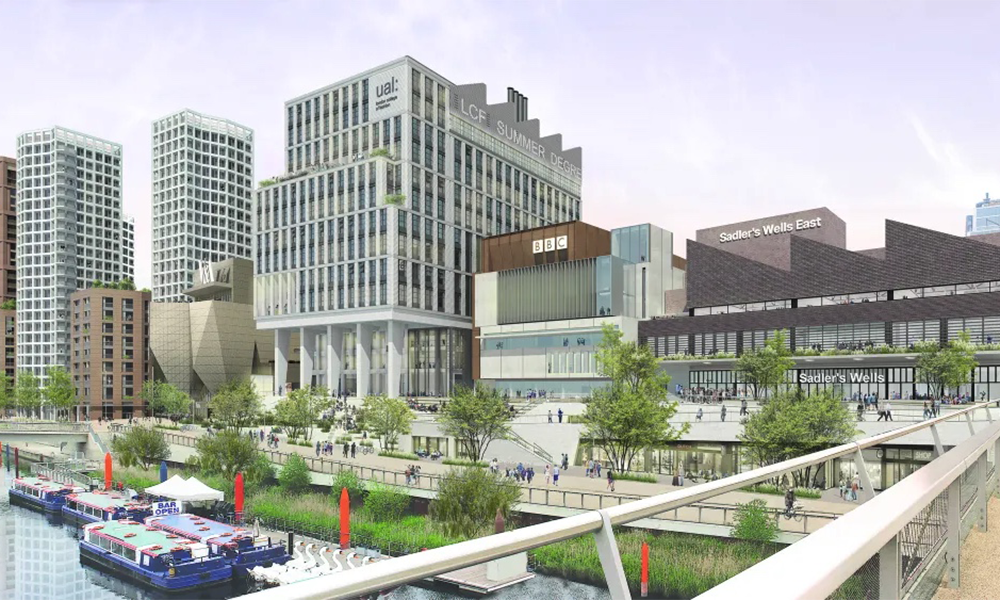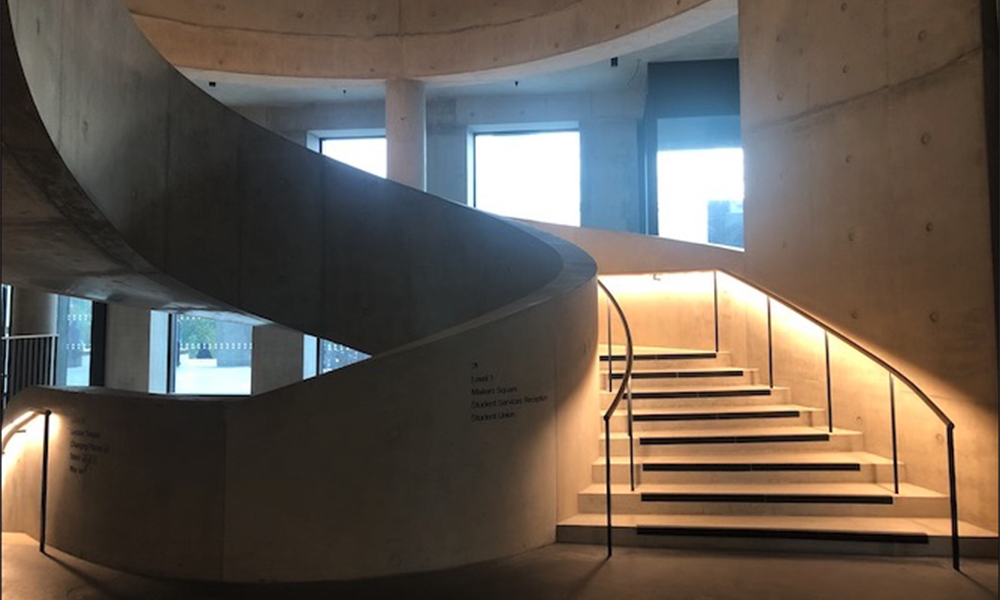With 90,000 objects in its collection, the V&A Storehouse-based facility makes the granular detail of Ziggy Stardust, The Thin White Duke and so many more available to view for free
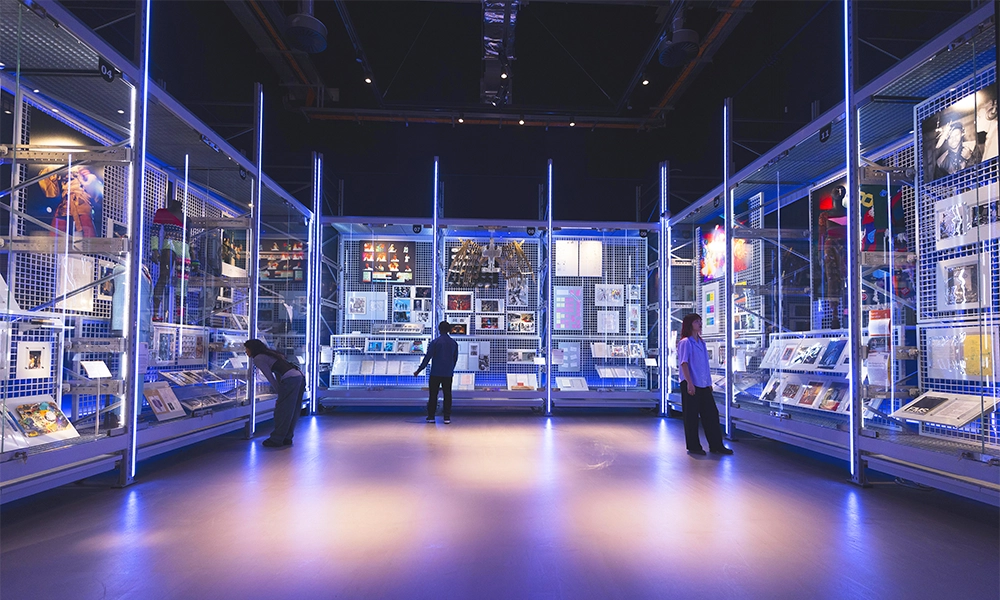
Subscribe to our free Wharf Whispers newsletter here
“This archive, which has 90,000 items in it, shows David Bowie as an interdisciplinary artist, musician and cultural icon – an advocate for self-expression and reinvention,” said Dr Madeleine Haddon, curator at V&A East.
“The David Bowie Centre makes this collection accessible to everyone.”
As she speaks at the launch of the dedicated, permanent exhibition space, a huge video wall plays clips from the artist’s long and storied career.
There’s a flavour of worship about the place, perhaps even deification.
Madeleine speaks of Bowie’s wide and far-ranging impact on other artists, his varied creative processes and his willingness to experiment and collaborate with others in a reverent fashion as we gaze up into the mismatched eyes of the Thin White Duke, Ziggy Stardust and the rest.
In many ways, it’s not an unreasonable response. One of Bowie’s singular drives, it seems, was a desire to constantly archive and catalogue his endeavours.
This is evidenced by the artist’s numerous yellow post-its suggesting classification and categories that adorn much of the material.
Thus the David Bowie Centre at V&A Storehouse in the Queen Elizabeth Olympic Park’s Here East campus might, in some senses, be viewed as the one true repository of the icon’s relics.
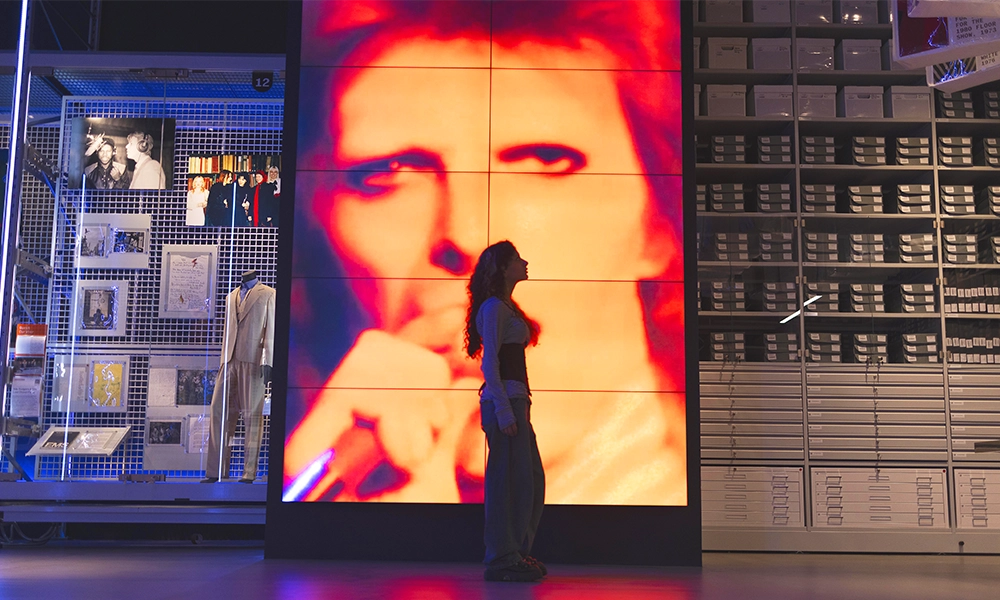
the exhibits on show at the David Bowie Centre
“Behind me is a two-hour long film that traces Bowie’s live performances, music videos arranged chronologically, so you can see his evolution as a performer,” said Madeleine.
“We also have in here 200 objects from the archive that are on display, that trace his life and career, his creative processes arranged in these nine bays that look at his transformative creativity as a musician, a visual artist, a writer, designer and actor.
“Six will be on display for two years while the objects in the other three will rotate every six months in dialogue with contemporary issues we are exploring across V&A East.”
These are diverse altars of public worship, with costumes, notes and slices of his life.
Nile Rogers – who produced Bowie’s biggest-selling hit, Let’s Dance – has guest curated one, while another features Omikron: The Nomad Soul, a video game from 1999 that David did the music for, as an example of his futurism.
There’s lots to inspire and divert here, but really these displays are just a nod to the real function of the centre, one only made possible by its subject’s near fanatical amassing of his own story and its artefacts.
This is the astonishingly rare opportunity to really delve deeply into the granular residue of his creativity.
The centre includes a dedicated study room where anyone – not just academics and researchers – can, for free, order any item in the archive to view by appointment.
This is an extension of a service that’s available throughout the V&A’s massive collections.
Due to the depth of the Bowie archive, however, this presents a tantalising prospect for enthusiasts.
Of the 90k objects in the archive, 70k are pieces of paper that David and his team had already organised to some extent.
There are hand-written song lyrics, annotated scripts and sketches of ideas, costumes and props for various projects.
Their existence means that, for much of Bowie’s extensive output, there’s background material available to the public – concepts that never made it, comments from the time of creation and thoughts on the future.
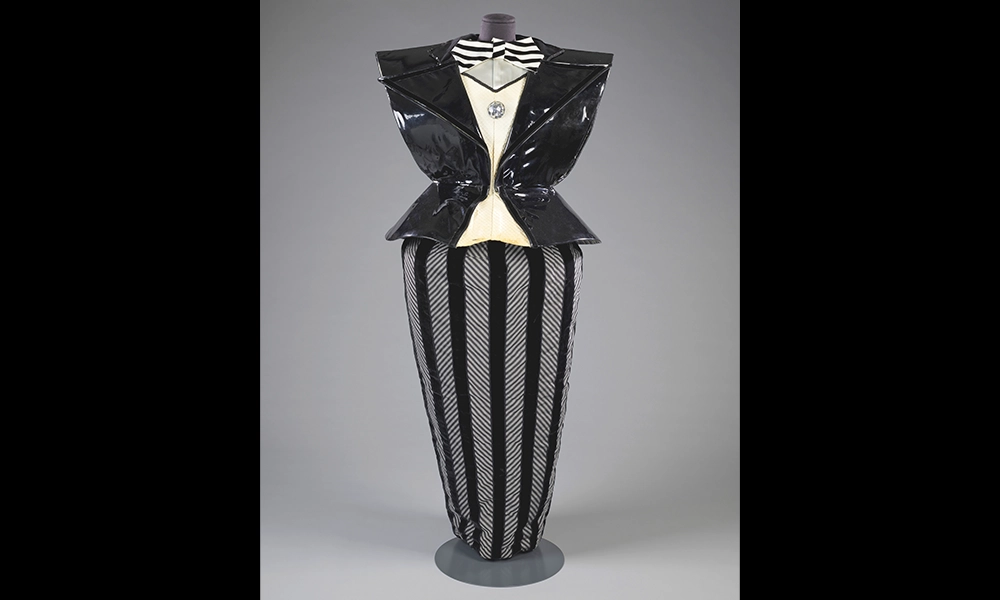
the chance to dive deep
At the centre’s launch event, for example, I’m shown a series of designs for clothing and puppets to be used on Bowie’s 1979 appearance on Saturday Night Live with Klaus Nomi and Joey Arias as backing singers.
It’s the one where he sang The Man Who Sold The World.
There really is a thrill in seeing simple sketches by someone who achieved such success in their lifetime juxtaposed with the kind of doubtful notes we all might make on a pad of paper.
The crossings-out are a light reminder that Bowie was human, after all.
But the centre offers more than this.
Also in the study room when I visit is the actual costume Bowie wore for the show.
Modelled after Nomi’s aesthetic, the angular tux prevented David from walking, so he had to be placed before the mic by his artistic accomplices at the start of the performance.
This is the magic. The opportunity to see one-to-one designs springing so vibrantly off the page and into reality.
There’s a feeling visitors could, with a bit of research, replicate this with so many of the objects in Bowie’s archive, discovering the origin story of each piece.
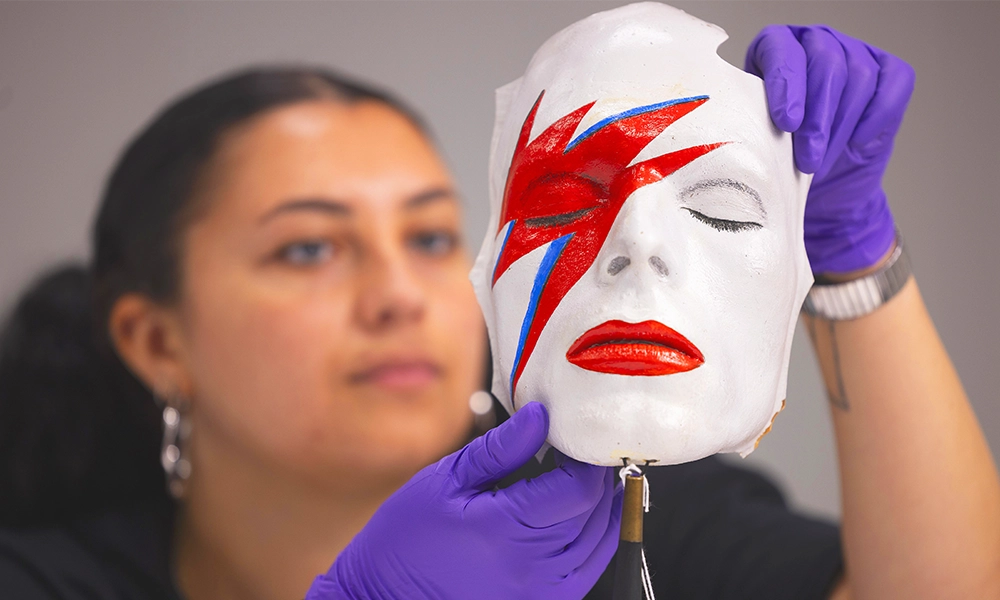
archiving himself
“Bowie saved everything from scribbled notes to elaborate sketches and is a powerful reminder that no idea is too small and that the creative process is worth documenting at every stage,” said Madeline.
“You get to see that behind the scenes here at the David Bowie Centre.
“This approach is one that is a rich legacy for all artists in all disciplines and all backgrounds who we hope will come and visit us here.”
It’s worth noting, perhaps, that while the Bowie archive does lend itself to detailed exploration, those visiting Storehouse who simply wish to drop in will still be rewarded.
The centre works on many levels. There are easily accessible copies of some of the archive’s popular documents on show and the bays of exhibits to enjoy.
There’s also the seemingly endless barrage of images from the video screen and an especially curated soundtrack of Bowie’s songs. But most of all, visitors will be left with the unmistakeable impression of complexity.
As an artist known for his constant reinvention, seeing the working behind the illusion only impresses at the sheer relentless energy it must have taken to achieve so much.
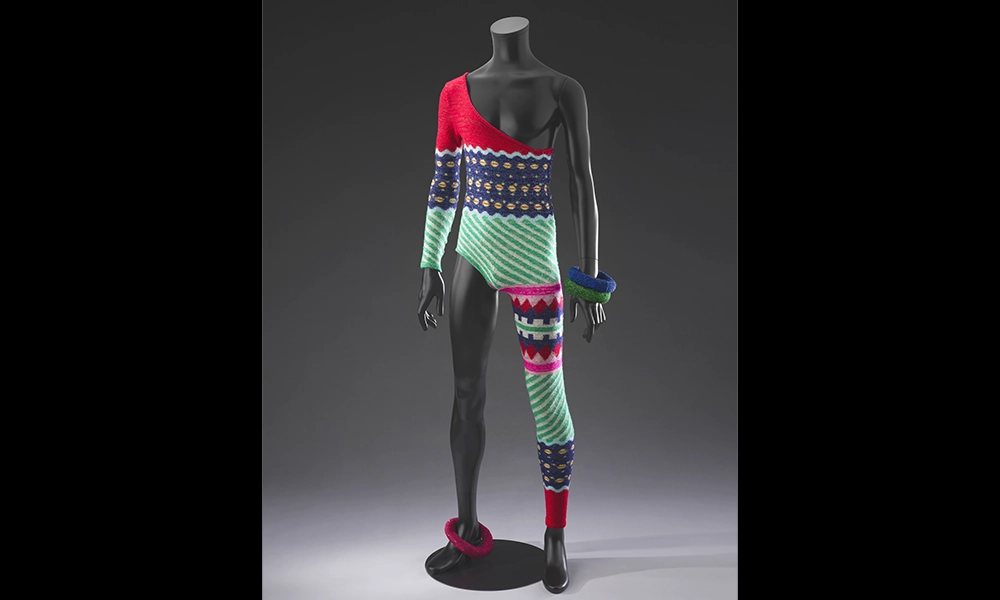
key details: David Bowie Centre
Entry to V&A Storehouse at Here East in the Queen Elizabeth Olympic Park is free and includes access to the David Bowie Centre.
The museum is open from 10am daily and usually closes at 6pm except on Thursdays and Saturdays when it’s open until 10pm.
Find out more about the new centre here
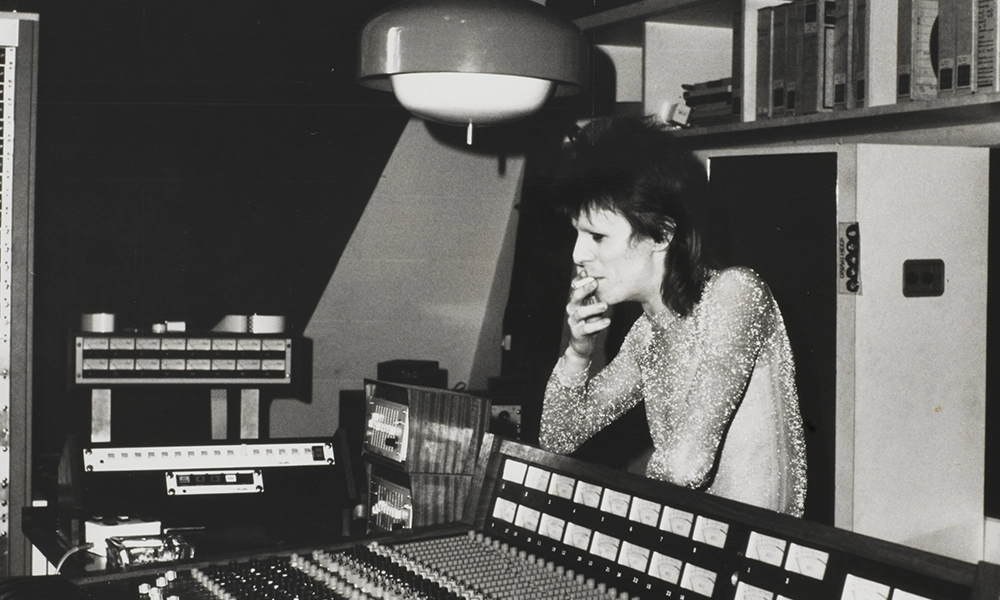
Read more: Cody Dock becomes a keeper of the River Lea’s stories
